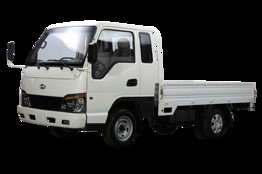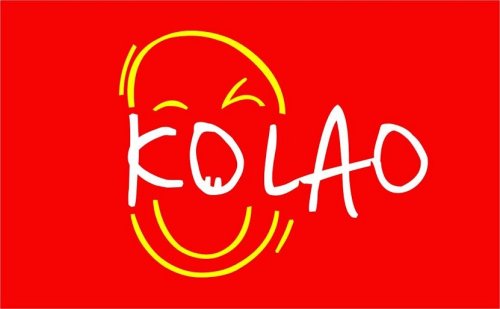Why Laos Is A Hyundai/Kia Country: Kolao
Despite being South Korea’s third-largest export market, Southeast Asia is still best known in Korea for its golden beaches, temples and other tourist draws.
But there’s a strong business link between the poorest country in the region and South Korea’s biggest car maker: According to estimates by the Korea Trade-Investment Promotion Agency, a Hyundai/Kia dealership called Kolao Holdings is the biggest nonstate company in Laos, where the government runs most businesses.
Kolao has an unusual business format: founded by a Korean, registered as a Lao company, and listed on Korea’s main stock market Kospi from 2010.
Founding Chief Executive Oh Sei-young owns 51% of Kolao; Morgan Stanley Investment Management Company has an 11% stake.
Three years in Vietnam as an employee of Korean conglomerate Kolon Group in late 1980s revealed a huge growth story in Southeast Asia, said Mr. Oh, encouraging him to establish a used-car-trading company there in 1990.
The business failed, though—too-aggressive expansion, he said—and the penniless Mr. Oh moved to Laos, where the importing of secondhand Korean cars was booming.
“Korea is one of few options that Laos has when it comes to used cars,” said Mr. Oh, explaining that the U.S. is too far away, while Japanese cars have right-hand drive. By 1997 he was a big used-car dealer, and in the early 2000s he won the Hyundai Motor/Kia Motors franchise.

The Hyundai-Kia combination overtook Toyota Motor Corp. in Laos this year, grabbing a 37% share of the imported car market. But Kolao Holdings is looking beyond the business of selling Hyundai and Kia cars and motorcycles: It created its own brand, Daehan, which will assemble cars from imported parts—except the frame, which it will make. That plan came together after the Lao government banned used-car imports earlier this year, partly over environmental issues.
“We have plans to introduce five models, including pick-up trucks that Hyundai and Kia don’t provide, this year and the next,” said Mr. Oh.
Also planned is expansion into neighboring Myanmar, which is increasingly opening up its economy to the rest of the world. Kolao has the Hyundai and Kia franchise there, and will also sell its own brand and offer lease services to the customers, Mr. Oh said.
But Korean success stories in Southeast Asia are relatively rare. Korean companies have been slower than their Japanese rivals to expand into the region, despite its 600 million population and growing middle class. In recent months—due partly to political tensions with China—Japanese companies have really been piling it on in Southeast Asia, signing deals to buy businesses in fields from insurance to manufacturing. The Japanese government is playing a role, using billions of dollars in development aid to fund projects involving Japanese companies.
While Japanese investment in Southeast Asia in the first six months of 2013 was up 55% from a year earlier, to $10.29 billion, according to the Japan External Trade Organization, Korean investment in the 10 members of the Association of Southeast Asia Nations was down 22% to $1.8 billion, according to the Export-Import Bank of Korea.
Source: The Wall Street Journal

